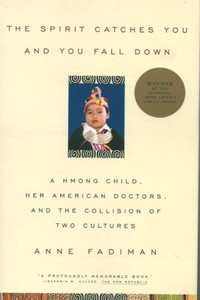Chapter 6 is a great tool for the textbook analysis assignment, so I am glad to have read it before I started looking into textbooks. I will definitely look back to the Textbook Feature Analysis on page 184 as I analyze my textbook. Questions 2-5 will help me assess areas that I had not previously put any thought into - sidebars and pull boxes, typography, color, and symbols and icons. While reading a boring text with just black and white print can be boring, too much color, symbols and sidebars can be overwhelming. While looking through the text i will think about what activities would work well with the text, if any.
However, what I really want to talk about is Chapter 7, "Building a Community of Learners." I first want to start with PBIS because I think when they threw it in the text it was a little confusing. PBIS is part of what is called MTSS, Multi-Tiered Support System which includes both PBIS and RTI. PBIS is used in many schools in Rhode Island, all of which have been trained by members of the Sherlock Center here at RIC. From all of my almsot 4 years as a college student and zero years of being teacher, I think D&Z did a poor job discussing it. They threw it out there and say "We certainly hope this is not just another fad or mandate to be piled onto teachers, however." Research has shown PBIS to be effective in the schools in which it is implemented. Tier 1 is universal, for all student sin the classroom. At this tier, students collaborate with each other and their teacher and devise a system or procedure for the classroom. Students have a say in how they conduct their classroom expectations and environment. This is a crucial aspect in creating a community that establishes success, belonging, and value before students can establish academic belonging, success and value. For student who express excessive problem behavior, supplemental intervention is applied in tier 2, which may include checklists, behavior systems or a check-in, check out system. In order for students to work well together in an academic setting, respectful behavior must be established early on with each other and the teacher. PBIS offers that opportunity and so much more.
Now I've cleared that up for myself, I like the five points they mention that help teachers build a community in the classroom. High school is so much a social sphere as it is academic. Some students may be timid to ask questions in fear of looking dumb, or may not try their hardest because its cooler to look like you don't care. Developing a classroom where all students feel safe to ask any question and work to their full potential will not only aid them right here and now, but in the future as well in college and their future careers. I particularly liked the idea of "using jigsaw activities in which small groups of students give presentations to help the rest of the class learn about various aspects of a topic. Students dive into the material, while practicing teaching and presentation skills and helping their peers in an academic setting.
Connecting learning with students' lives and larger issues around them is also extremely important, not just for building community but for students to understand the importance of what they are learning and how it will affect them outside the walls of the classroom.

